22
2025
-
10
Is it time to replace your household water filter membrane? Replacement cycles and how to determine when it’s needed
Author:
Chinafilm Group
Preface
The water purification membrane is the "heart" of any water purifier. Over time, it can become clogged with impurities, reducing its filtration efficiency and even leading to secondary contamination. Many users aren’t sure when it’s time to replace the membrane. This article outlines the replacement cycle for household water purification membranes, along with practical methods for determining when it’s necessary—helping you easily master maintenance tips to ensure safe drinking water.
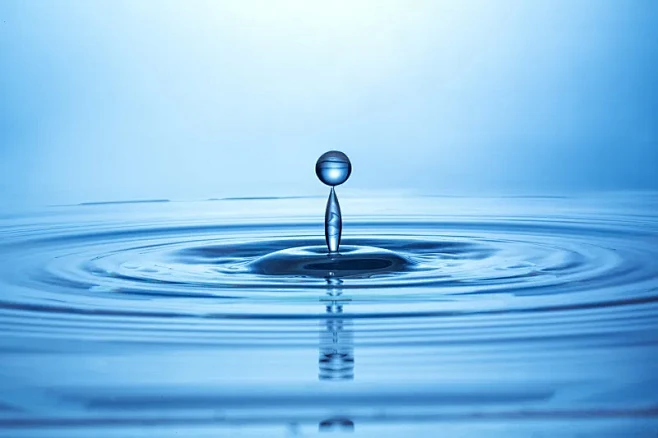
I. Common Types of Household Water Purification Membranes and Their Replacement Cycles
Different water purification membranes have varying functions and levels of precision, leading to significantly different replacement cycles, as detailed below:
(1) PP Cotton Filter Cartridge: Pre-filtering—The "First Line of Defense"
- Filtering function : Intercepting large particulate impurities such as sediment, rust, and suspended particles to protect the subsequent filter cartridges.
- Replacement Cycle : 3-6 Months
- Poor water quality (high sediment content, noticeable rust): 3 Replace it in about a month;
- Good water quality, low water consumption: can last up to 6 Three months—overdue is not recommended.
- Poor water quality (high sediment content, noticeable rust): 3 Replace it in about a month;
- Important Notes : Frequent replacement helps reduce the load on subsequent filter cartridges when done regularly.
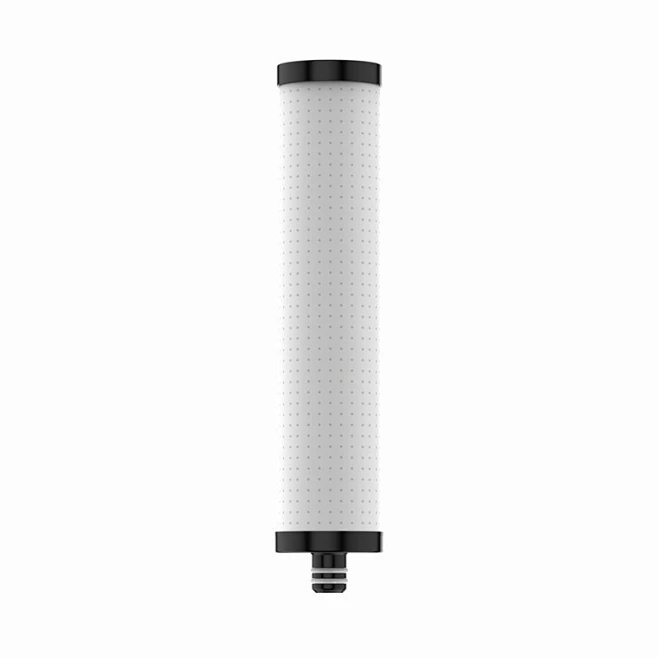
(II) Activated Carbon Filter: A "Master" at Adsorbing Odors and Residual Chlorine
There are granular activated carbon (UDF) and compressed activated carbon (CTO), which have similar functions but slightly different lifecycles:
1. Granular Activated Carbon Filter (UDF)
- Filtering function : Adsorbs residual chlorine, odors, discoloration, and certain organic compounds, enhancing the taste of drinking water.
- Replacement Cycle : 6-12 Months
- High residual chlorine in tap water: 6-8 Change every month;
- High-quality water sources (such as groundwater): can extend to 10-12 Months.
- High residual chlorine in tap water: 6-8 Change every month;
2. Compressed Activated Carbon Filter (CTO)
- Filtering function : Further adsorbs tiny impurities, organic substances, and colloidal materials, achieving even higher filtration precision.
- Replacement Cycle : 8-12 Months
- Water quality is poor: 8-10 Change every month;
- Water quality is good: can be extended to 12 Months.
- Water quality is poor: 8-10 Change every month;
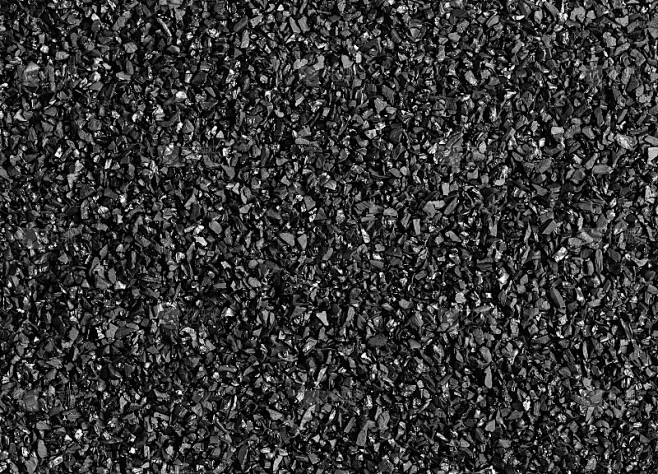
(III) RO Reverse Osmosis Membrane: The "Core Powerhouse" for Deep Purification
- Filtering function : It intercepts heavy metals, bacteria, viruses, antibiotics, and more, producing directly drinkable purified water with filtration accuracy reaching 0.0001 Micrometer.
- Replacement Cycle : 2-3 Year
- High household water consumption (large population, multiple scenarios requiring purified water): 2 Around the year of replacement;
- Low water consumption, excellent water quality: can be extended to 3 Yearly, water quality needs to be tested regularly.
- High household water consumption (large population, multiple scenarios requiring purified water): 2 Around the year of replacement;
- Important Notes : The price is relatively high, requiring regular replacement of the pre-filter first. PP Cotton, activated carbon)—avoid clogging.
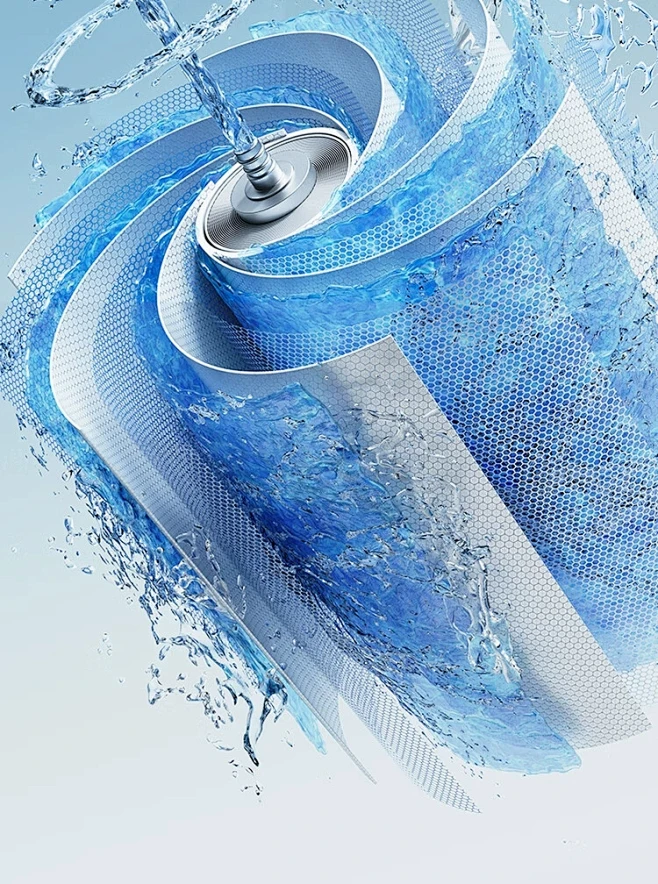
(4) Ultrafiltration Membrane: Retains Minerals for "Optimal" Quality
- Filtering function : Removes bacteria, viruses, and colloids while retaining minerals like calcium and magnesium; filtration precision 0.01–0.1 Micrometer.
- Replacement Cycle : 1-2 Year
- Poor water quality, high water consumption: 1–1.5 Annual replacement;
- Water quality is good: can be extended to 2 Year.
- Poor water quality, high water consumption: 1–1.5 Annual replacement;
II. 5 Key Methods to Determine When Your Household Water Filtration Membrane Needs Replacement
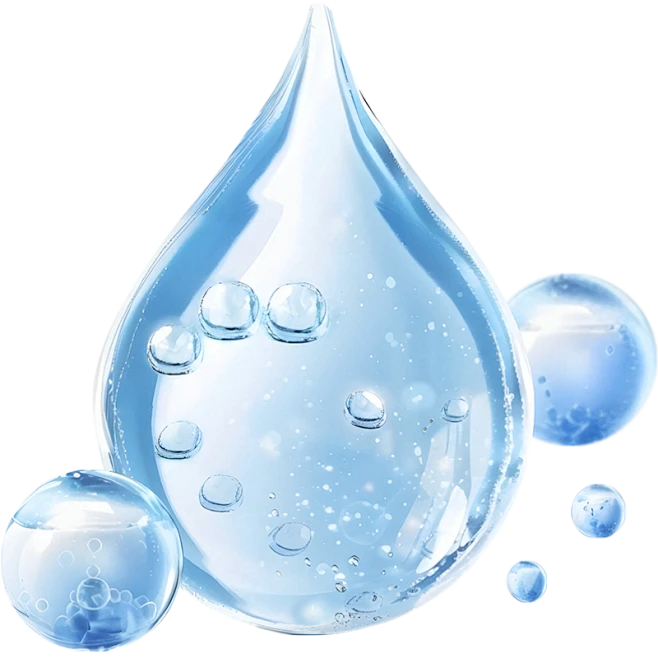
In addition to the reference cycle, you can use the following intuitive methods to determine [something], helping to avoid waste or safety hazards:
(1) Observe the effluent flow rate: If the flow rate has noticeably decreased, it may indicate membrane fouling.
- Compared to the initial flow rate, if the water collection time is extended by more than double (e.g., originally 10 Seamlessly filled, now exceeding 20 Seconds), and assuming issues like faucet blockages or insufficient water pressure have been ruled out, it’s highly likely the membrane is clogged—requiring replacement (start with a priority check). PP Cotton or RO / Ultrafiltration membrane).
(2) Detecting water quality: Water quality deteriorates, and membrane filtration capacity declines.
1. Water Quality Testing Pen Measures TDS Level (Suitable for RO Water Purifiers)
- Steps: Measure the inlet water (tap water) and outlet water (purified water) separately. TDS Value;
- Standard: Effluent TDS The value should be < 50mg/L , Inlet and Outlet TDS Ratio > 10;
- If it exceeds the standard, it indicates RO The membrane filtration capacity has declined and needs to be replaced.
2. Taste and Appearance Assessment (Applicable to All Water Purifiers)
- Texture: The water has a chlorine-like taste and a fishy odor. Even after replacing the activated carbon, there’s no improvement—this could indicate ultrafiltration. / RO Membrane damage;
- Appearance: If the water contains visible impurities, suspended particles, or appears yellowish, it indicates that the membrane filtration accuracy has declined and needs to be replaced.
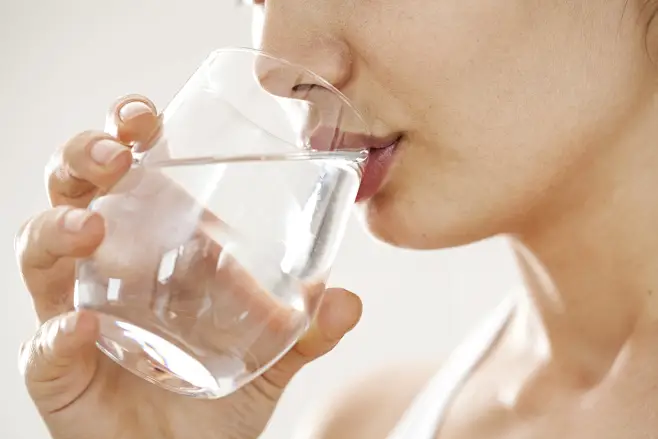
(3) Check the water purifier prompts: Smart alerts, precise reminders
- Model with display screen: Displays directly “ Insufficient filter cartridge lifespan ““ Please exchange XX Filter cartridge ” , label the membrane type;
- Indicator light model: Green light indicates normal operation, yellow light requires 1-2 Change within the week—red lights require immediate switching; simply judge by color.
(4) Calculate Usage Time: If used beyond the recommended period, replace it promptly.
- Even if there are no obvious issues, if the membrane is used beyond the recommended lifespan (e.g., RO Membrane Ultra 3 Year, Activated Carbon Ultra 12 (Months), also need to be replaced to prevent a decline in filtration efficiency or secondary contamination (such as the release of pollutants from saturated activated carbon).

(5) Inspect the appearance of the water purification membrane: Check for physical damage and replace immediately if found.
- PP Cotton filter element: Surface damage, excessive impurities that can't be thoroughly rinsed out—replace immediately.
- RO / Ultrafiltration membrane: Cracked, deformed, with scale buildup that cannot be cleaned—needs replacement.
III. Precautions for Replacing Household Water Purification Membranes
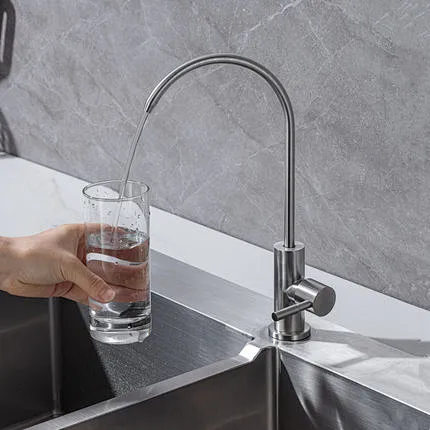
Proper operation is key to ensuring filtration effectiveness. Follow these steps carefully:
(1) Before Replacing: Prepare Well and Ensure Safety
- Guān Shuǐyuán + RO The water purifier is powered off to prevent leaks and electric shocks;
- Prepare the corresponding tools (wrench, screwdriver) and a new membrane of the same model to avoid installation compatibility issues.
- Turn on the faucet to release the water pressure inside the water purifier, and wait until no more water flows out before removing the old membrane.
(2) Replacement in Progress: Follow Standard Procedures to Prevent Damage
- Carefully remove the old membrane according to the instructions, using gentle movements to prevent damage to the water purifier’s interface and sealing rings.
- Check if the sealing ring is intact before applying the new film, align the interfaces properly and ensure they are securely installed to prevent leaks.
- Clean out impurities inside the water purifier to prevent residues from affecting the performance of the new membrane.
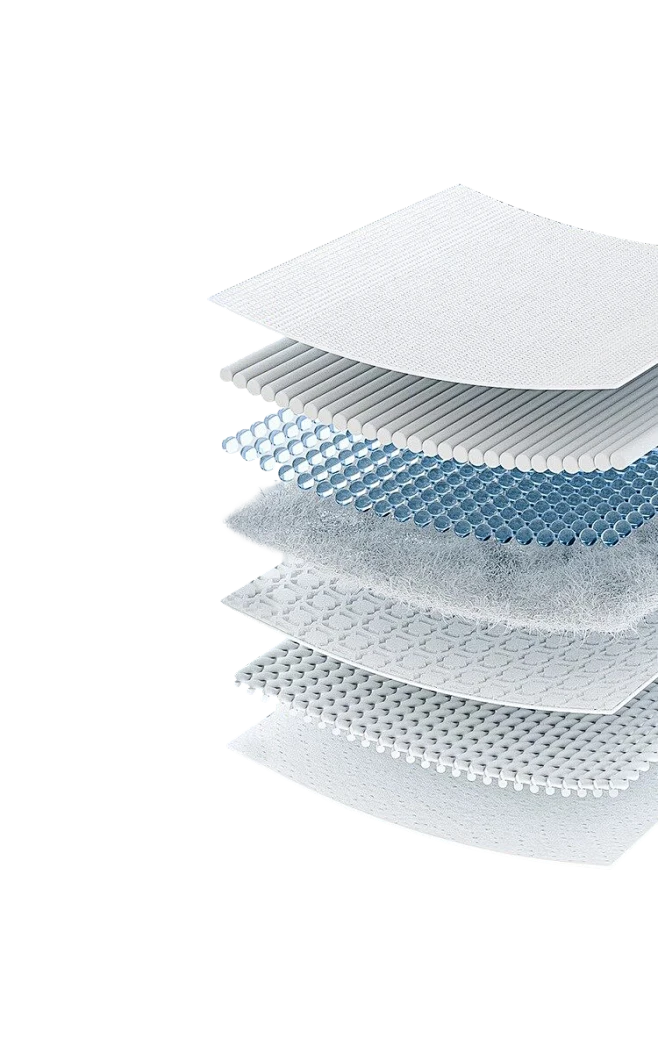
(III) After Replacement: Inspect and debug to ensure proper operation
- Open the water valve to allow water flow, and check the connections and membrane housings for leaks—make adjustments promptly if any issues are found.
- RO / The ultrafiltration membrane needs to be rinsed. 10-20 Minutes—use only after the water has become clear and free of any unusual odor.
- Smart models reset the prompt function according to the instructions, preventing false alarms.
(4) After Replacement: Record the Time, Perform Regular Maintenance
- Record the replacement time and membrane type (use a phone memo or label it) for easy reminders next time;
- Clean the water purifier's exterior weekly, and flush the faucet monthly to extend the lifespan of the entire unit.
Conclusion
Replacing household water purification membranes requires a comprehensive assessment based on usage cycle, water quality, and the specific application scenario. It’s crucial not to exceed the recommended replacement period, as this could pose safety risks, yet there’s also no need to replace the membrane prematurely out of mere precaution, leading to unnecessary waste. By understanding the cycle guidelines, evaluation methods, and key replacement points outlined in this article, you can ensure your water purifier continues delivering safe, high-quality water—protecting your family’s drinking health. If you have any further questions during use, feel free to leave a comment and join the conversation!
Latest News
2025-12-07
Today is Great Snow—The Middle Membrane is here with you, helping you ward off the chill of winter.
2025-12-05
The “Invisible Assistant” of 3D Printing: How Thin-Film Materials Are Rewriting the Rules of Printing?
This article unveils the “cross-border collaboration” between thin films and 3D printing: From platform protection to functional carriers—what secrets do thin films hold? And what technological breakthroughs will they drive?
2025-12-04
The “core equipment” for thin-film production: From particles to finished products, these devices determine the quality of the film.
In this article, we’ll take you on a tour of a thin-film production workshop and reveal the core equipment matrix—from raw materials to finished products. Let’s see how these “industrial powerhouses” transform ordinary plastic pellets into functional films tailored for various applications.
2025-11-28
The “Divine Easy-Tease Film” on milk tea cups: Simply peel it off—no sticking to your lips—and it’s packed with cutting-edge membrane technology.
This article dissects the “past and present” of bubble tea’s easy-peel film—from the frustrating issues with the old film to the cutting-edge technology behind the new one. What secrets does this film hold? And how should consumers and bubble tea shops make their choices?
2025-11-26
A Comprehensive Guide to Thin-Film Manufacturing: Unlocking the Performance Secrets of Membrane Materials—From Basic Formation to High-End Customization
Today, thin-film technology has entered a stage characterized by "material adaptation + process combination + performance customization." From shopping-bag films costing just a few cents to optical films priced at thousands of yuan, the manufacturing process directly determines the value. This article dissects mainstream processes, analyzes their advantages, application scenarios, and upgrade directions, providing practitioners with a framework for making informed choices.

